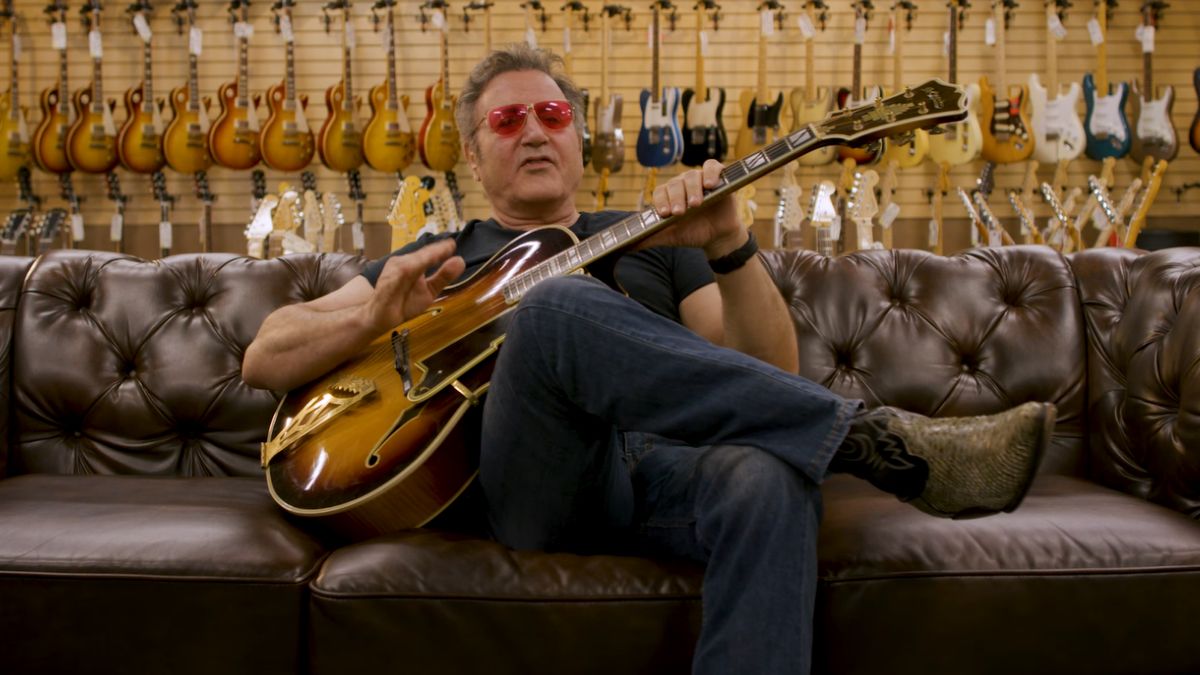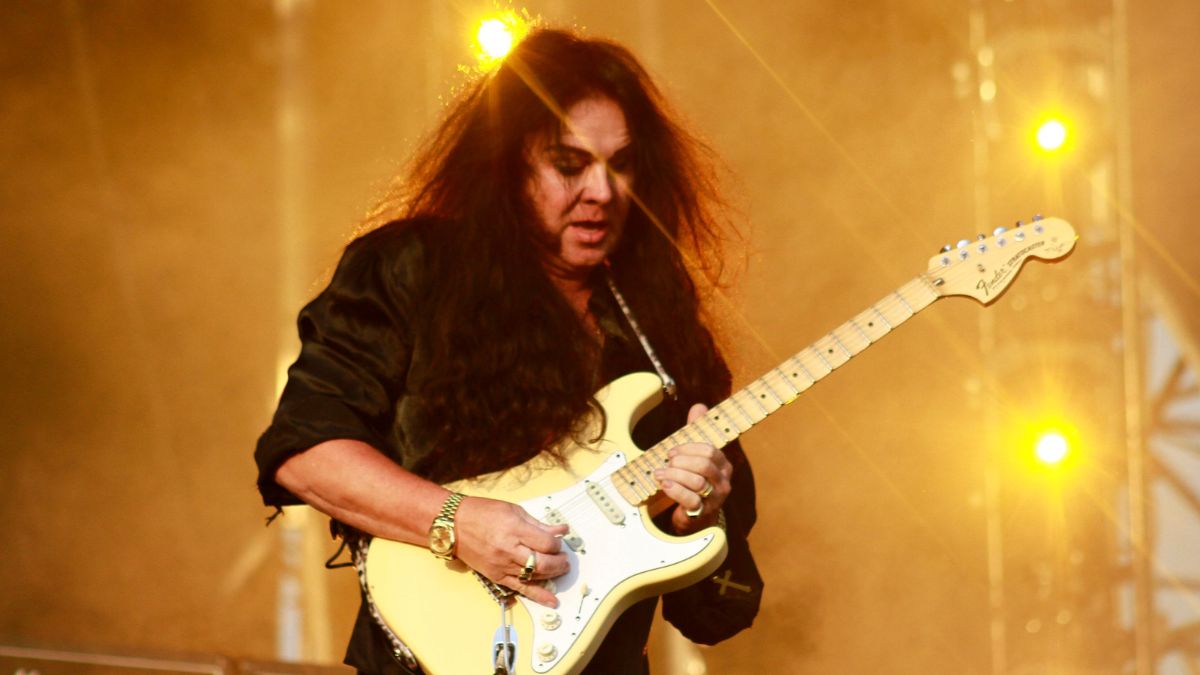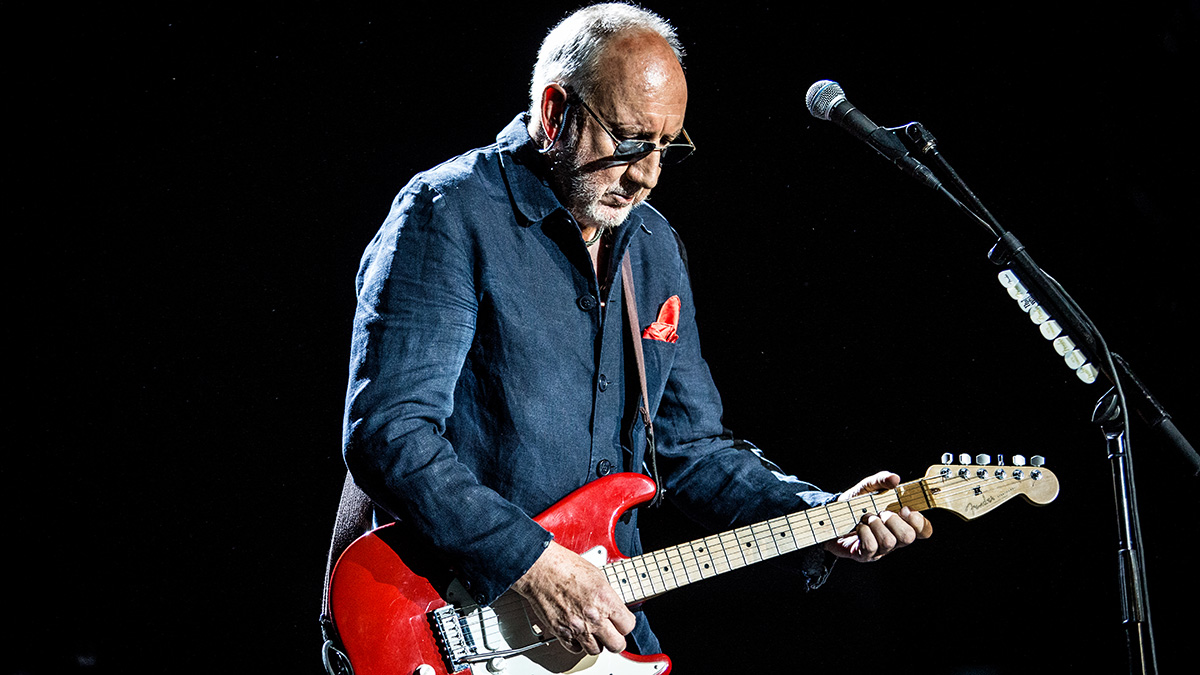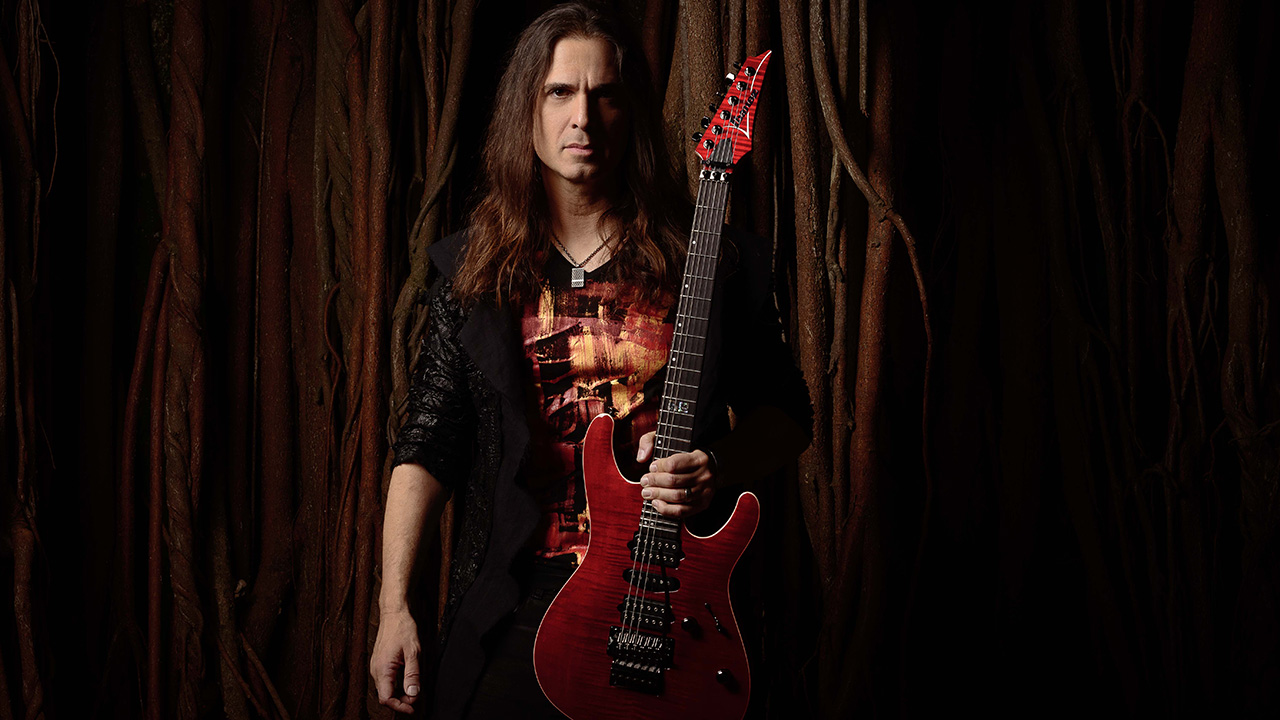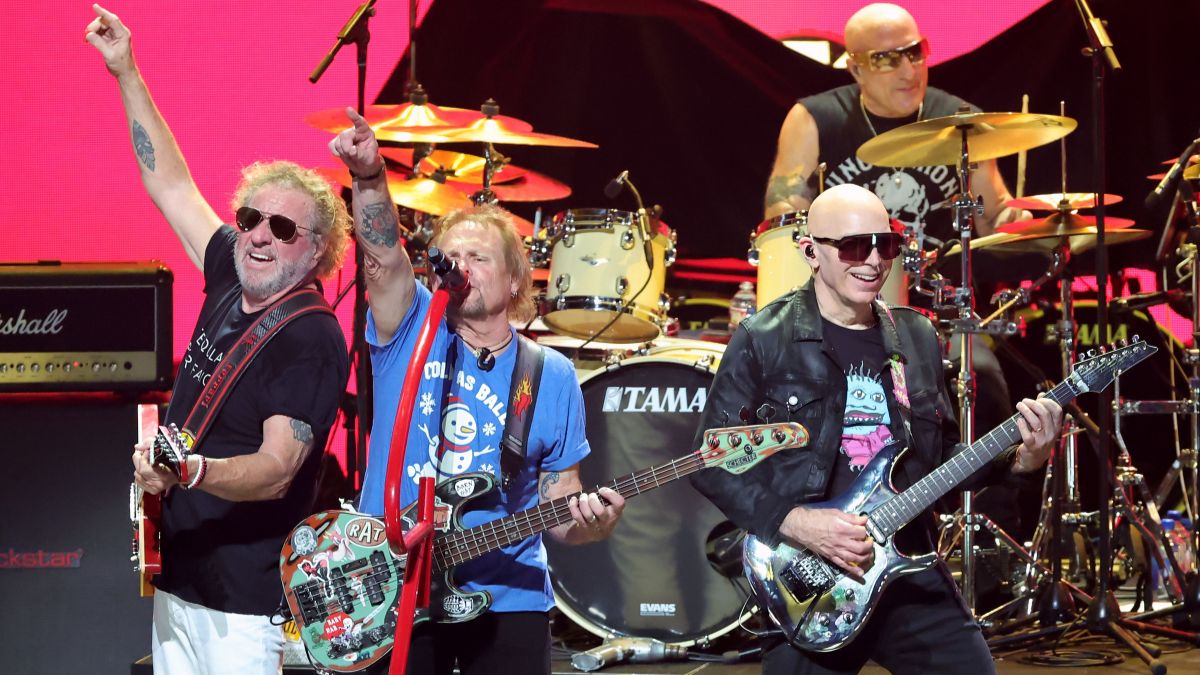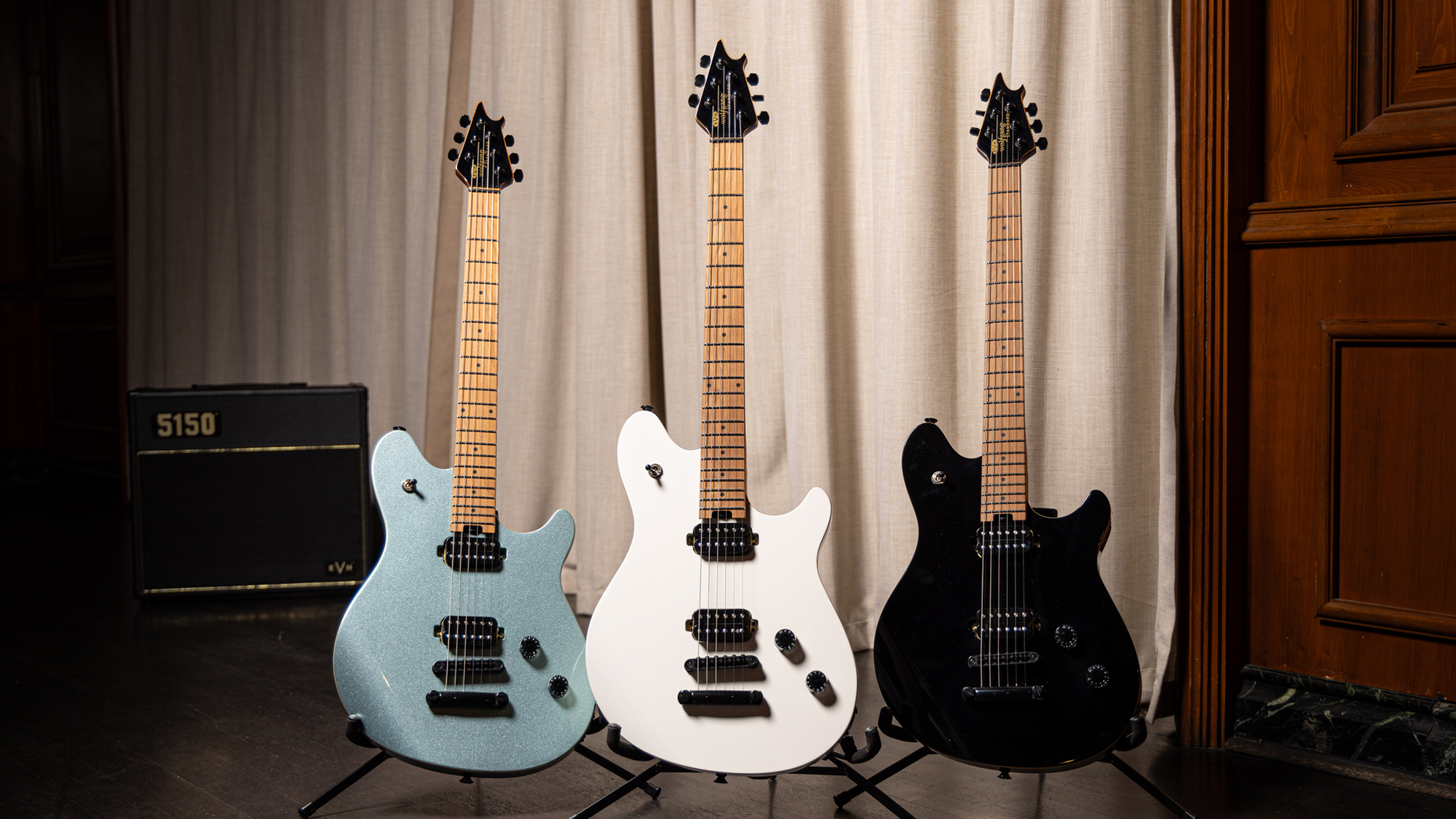Paralleling Jimi Hendrix with Dangerous Times
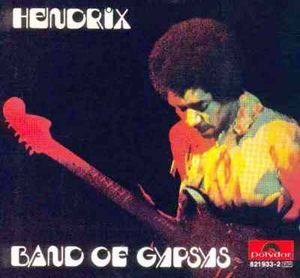
The dynamics and emotions of the Jimi Hendrix live guitar sound were partly galvanized and baptized through the fires and events of social unrest.
Although we’ve all seen the "Star Spangled Banner" at Woodstock over and over, unless you were around at that time, it can be difficult to grasp and feel the levels of impact and significance it represented.
I recently stumbled onto the YouTube clip below, featuring audio of a live "Machine Gun" performance from May 8, 1970, at Oklahoma University in Norman, Oklahoma. The sound is pretty crappy, but Jimi was killin’ it big time!
The slide show over this recording includes a very interesting collection of news clippings about the concert, also reflecting current events relevant to the show. Hopefully, this video never gets removed from YouTube.
“Machine Gun” is a song popularized on Hendrix’ legendary Band of Gypsys album from a Fillmore East show. Beyond an anti-war statement, "Machine Gun" extends as a message of anti-violence everywhere.
One clipping includes a current events timeline surrounding the Oklahoma gig. Just four days earlier, Ohio National Guardsman shot and killed four Kent State University students during a campus anti-war demonstration.
The following day, May 5, the Draft Board office in Norman, Oklahoma, was firebombed. Then on May 9, the day after Jimi’s OU show, Neil Young’s “Ohio,” about the Kent State incident, was pressed and released.
Get The Pick Newsletter
All the latest guitar news, interviews, lessons, reviews, deals and more, direct to your inbox!
Also, according to slideshow articles, the recording we’re hearing was made by an attendee of the show who simply brought in a battery-powered four-track tape machine, set it up on a blanket on the floor and held a mic up in the air.
He reportedly had one hour of tape and wanted to capture popular tunes, i.e. "Purple Haze," "Fire," perhaps even "Star Spangled Banner." Hendrix did two shows total, and "Machine Gun" was a rare encore, which just happened to make it onto the tape.
So as you listen this and read the press excerpts, get a feel of what dramatic and intense times those were. If not for the campus culture vibe of OU, Hendrix probably had no business doing his sort of music down in Oklahoma in 1970.
In those days, very young men were getting drafted into the military and sent to the war in Vietnam, whether they supported it or not. The people didn’t dig not having a choice in this area.
Heavy sonic guitar expression comes from the climate and situations of a dangerous time. It’s a voice demanding to be heard, and a plea for peace, hope and reason.
Another of many reasons why Hendrix persists as an icon today. It’s not just about gear, and making cool sounds and licks. Be heard, and also make your music stand for something that matters.
JP Holesworth authors the Stratoblogster Guitar Blog and resides in rural Oregon, surrounded by Pinot Noir vineyards, hop plantations, medical MJ farms and extreme environMENTAL consciousness. But he loves red meat and vacuum tubes!
“I loved working with David Gilmour… but that was an uneasy collaboration”: Pete Townshend admits he’s not a natural collaborator – even with bandmates and fellow guitar heroes
“This guy kept calling saying, ‘I’ve never been in a band before, but I’m the best guitarist ever.’ When I heard him play it was like a fire from heaven”: The life and times of Killing Joke visionary Geordie Walker – the guitar hero’s guitar hero
